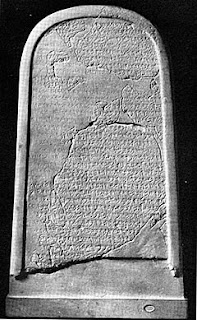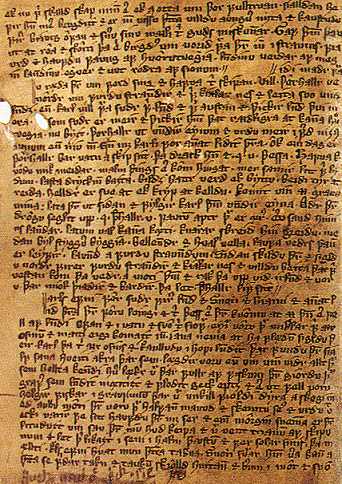Inscriptions can be classified into two types. They are
Stone Inscriptions
The stone inscriptions are important sources to study the history of Sri Lanka. they help to verify the correctness and the authenticity of the information contained in literary sources.
The Stone Inscriptions are of 4 types
In the local sources of literature very little is mentioned about the local readers. But the stone inscriptions in Thammenna, Habessa, Kusalanakanda, Sandagiri Vehera, Yatahalena and Bowattegala mention about some of them. The Stone Inscriptions very often confirm the information given in the literary sources.
The information given about 'Dasa Maha Yodha' or ten giants(commanders) of king Dutugemunu in the 'Mahavamsa' is confirmed by stone inscriptions. Sithulpauwa stone inscription tells about Nandimitra (one of the dasa maha yodha). Well-elalugoda stone inscription gives information about Pussadewa(another one of dasa maha yodha).
The information get from these stone inscriptions proves that the 'Dasa Maha Yodha' in 'Mahavamsa' were real historical Characters and Not fictitious ones.
Thought you enjoyed the article about Stone Inscriptions. With the hope of meeting you with a new post saying happy day for you!.
- On Metals - Eg. Panakaduwa Copper Plate.
- On Stones - Eg. Galpotha in Polonnaruwa.
 |
| Horizontal Stone Inscription |
The stone inscriptions are important sources to study the history of Sri Lanka. they help to verify the correctness and the authenticity of the information contained in literary sources.
The Stone Inscriptions are of 4 types
- Len lipi (Cave Inscriptions)
- Giri lipi (Rock Inscriptions)
- Tam lipi (Pillar Inscriptions)
- Puwaru lipi (Slab Inscriptions)
 |
| Vertical Stone Inscription |
The information given about 'Dasa Maha Yodha' or ten giants(commanders) of king Dutugemunu in the 'Mahavamsa' is confirmed by stone inscriptions. Sithulpauwa stone inscription tells about Nandimitra (one of the dasa maha yodha). Well-elalugoda stone inscription gives information about Pussadewa(another one of dasa maha yodha).
The information get from these stone inscriptions proves that the 'Dasa Maha Yodha' in 'Mahavamsa' were real historical Characters and Not fictitious ones.
Thought you enjoyed the article about Stone Inscriptions. With the hope of meeting you with a new post saying happy day for you!.










